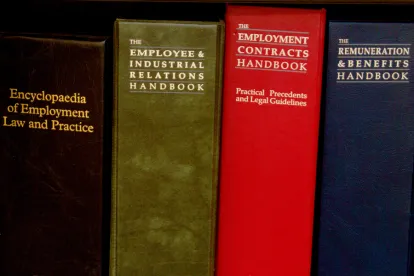The Equal Employment Opportunity Commission recently announced a change that will now provide discrimination claimants with their employers’ position statements.
The new uniform policy will mean employees alleging unlawful discrimination will now be able to see their employer’s position statement, instead of merely receiving a verbal summary from the EEOC. To protect confidential and privileged documents, the agency will attempt to redact any confidential information in the position statement or attachments. The new EEOC regulation ensures the agency will have a consistent policy across all of its field offices. It also means claimants and their attorneys will have information to better evaluate whether a lawsuit is worth pursuing. Having full access to those arguments may give employees pause before bringing a lawsuit because they might gain a more realistic view of their case.
The EEOC’s new policy applies to any position statements requested on or after January 1, 2016. Employees or their representatives still must request the document – the agency will not automatically turn the statement over to the claimant.
The EEOC complaint process includes the original complaint, the employer’s position statement and an employee’s response to the employer’s position statement. The position statements provide the employers’ response to a charge alleging discrimination or other unlawful or retaliatory activities typically brought by an employee or former employee against his or her employer. Through the position statement, employers generally outline the employer’s legitimate, non-discriminatory reasons for a termination or disciplinary decision.
Transparency, however, is apparently not yet a two-way street. Employers still won’t be given copies of what the employees file. Because the agency’s new regulation does not give the employer access to the employee’s response, employers are arguably still at a disadvantage when it comes to fully understanding the employee’s case. There is also a concern that employers will not properly label confidential information for the agency to withhold from the employee. It will be very important for employers going forward to carefully review what they put in their position statements and how they label any attachments. To the extent possible, confidential information should not be included in the position statement itself. Instead, the statement should reference an attachment and that attachment should be clearly labeled as “Confidential” so that it is not released to the employee. Failing to maintain confidentiality and privileged documents could impact employers beyond the employee’s EEOC complaint if the employee chooses to move forward with filing a civil complaint.
Along with the new policy on releasing position statements, the agency has also launched an electronic submission process so employers no longer have to mail or fax their statements to the agency. Employers tasked with responding to an EEOC complaint should consult an attorney to ensure proper submission and make sure they are properly protecting confidential information.




 />i
/>i
